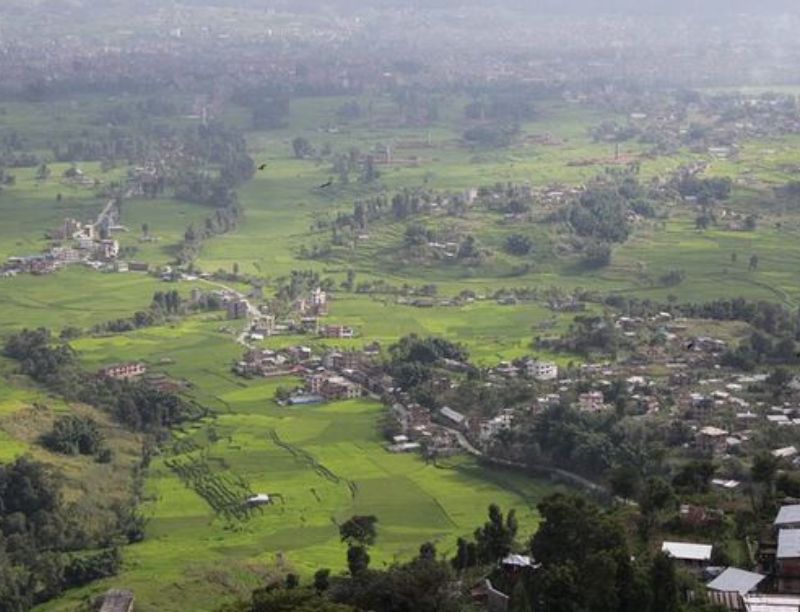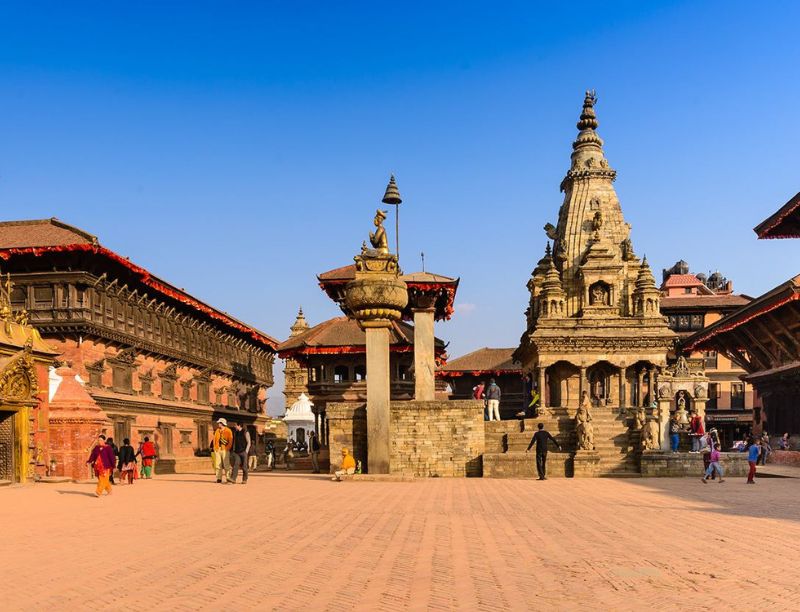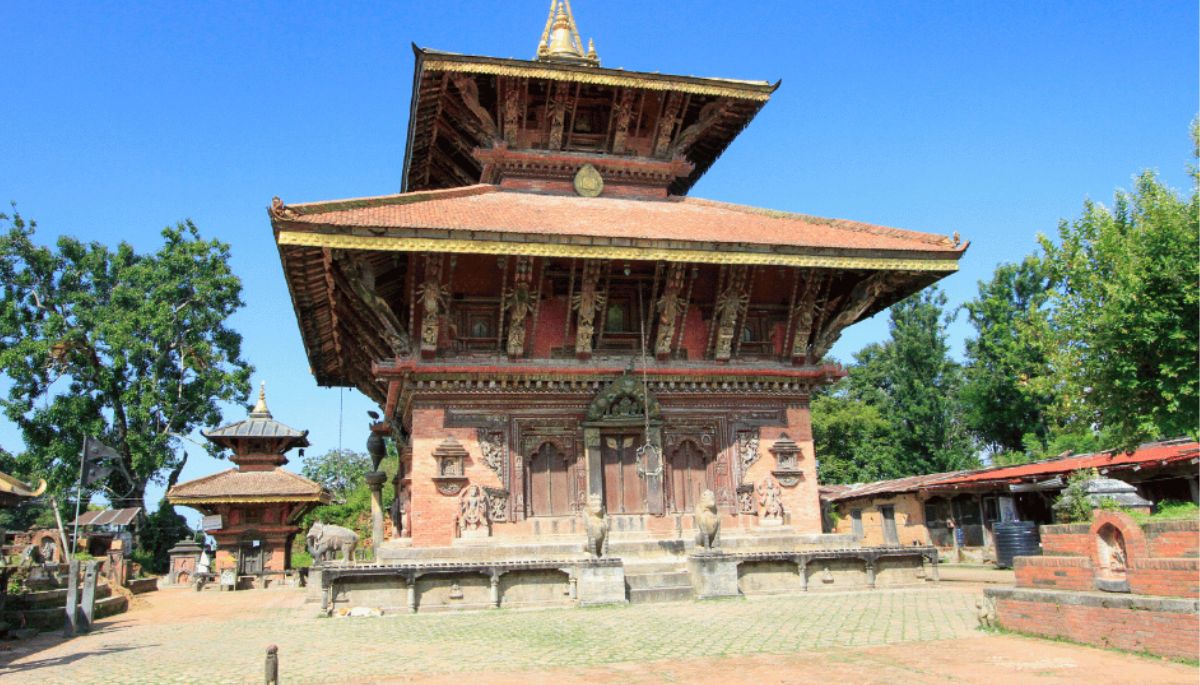Introduction
Kathmandu, the capital of Nepal, is known for its rich cultural heritage and lively city life, as well as for being close to breathtaking natural settings and hiking trails. Among the many hiking destinations around Kathmandu, the Changu Narayan hike stands out for its combination of historical relevance, cultural value, and natural beauty. This article will take you on a journey from Kathmandu to Changu Narayan, exploring the scenic trail, the ancient temple at the destination, and the cultural experiences along the way.
Getting to the Starting Point
The Changu Narayan hike typically starts from Bhaktapur, about 12 kilometers east of Kathmandu. Bhaktapur is easily accessible from Kathmandu by public buses, taxis, or private vehicles. The journey to Bhaktapur takes about 30 to 45 minutes, depending on the traffic. Once you reach Bhaktapur, you can head towards the small village of Telkot, which serves as the starting point for the hike. Telkot is situated on the way to Nagarkot, another popular hiking destination near Kathmandu.
Also Read: Sundarijal-Chisapani-Jhule-Jarshing Pauwa-Nagarkot Hiking Guide
The Trail to Changu Narayan
Telkot to Changu Narayan trail is a moderate trek appropriate for all skill levels, including beginners. Depending on your pace and the amount of time you spend exploring along the way, it takes three to four hours to finish and covers a distance of roughly six kilometers. Hikers may experience Nepali rural life on this well-marked track that winds through various small villages, terraced fields, and wooded areas.
Starting the Hike
As you begin your hike from Telkot, you’ll stroll down a tiny dirt trail that gradually ascends through a forested area. The forest is dense with trees, and the trail is adorned with colorful wildflowers during certain seasons. The fresh mountain air and birds chirping create a peaceful ambiance, making the hike a revitalizing diversion from the rush of daily life.

Passing Through Villages
Following the trail, you will come across several little towns where you may see the locals going about their daily lives. The villagers often work in the fields, tend to their livestock, or use various handicrafts. The terraced fields, a common sight in this region, are a testament to the farming methods that have supported the nearby populations for many years.
Scenic Views
One of the highlights of the Changu Narayan hike is the breathtaking views it offers. You’ll be rewarded with expansive views of the ascent of Kathmandu Valley, with the towering peaks of the Himalayas in the background. On a clear day, you can see several prominent peaks, including Ganesh Himal, Langtang Lirung, and Dorje Lakpa.
Arriving at Changu Narayan Temple
After a few hours of hiking, you will reach the village of Changu, home to the ancient Changu Narayan Temple. This UNESCO World Heritage Site is among Nepal’s earliest Hindu temples, which were built in the fourth century. Honored as a hallowed pilgrimage site, devotees revere the temple as a place devoted to Lord Vishnu, a principal Hindu deity.
Architectural Marvel
The Changu Narayan Temple is a masterpiece of traditional Newari architecture, characterized by its intricately carved wooden struts, doors, and windows. The temple’s pagoda-style structure is adorned with detailed sculptures and reliefs depicting various deities, mythical creatures, and scenes from Hindu mythology. The craftsmanship on display is a testament to the skill and artistry of the Newar artisans who built the temple.
Historical Significance
In addition to its architectural beauty, the Changu Narayan Temple holds great historical significance. It is regarded as the most ancient Hindu temple in the Kathmandu Valley and boasts inscriptions that date back to the Licchavi period. The temple complex also houses several ancient stone sculptures, including a famous statue of Lord Vishnu in his various incarnations. These artifacts provide valuable insights into Nepal’s religious and cultural history.
Cultural Experience
Visiting Changu Narayan is not just about exploring the temple; it is also an opportunity to immerse yourself in the local culture. If you visit Changu during a festival, you may witness the Newar community, predominantly inhabiting the village, actively engaging in traditional rituals, music, and dance performances. Generations have passed down these rich cultural traditions.
Short Hikes and Walks
Those who wish to explore further can take several short hikes and walks from Changu Narayan. A well-liked choice is to trek to Nagarkot, a hill station renowned for its breathtaking vistas of the Himalayas at dawn and dusk. The hike from Changu Narayan to Nagarkot takes about 3 to 4 hours and passes through forests and rural landscapes. Another option is to walk to Sankhu, a town rich in cultural history and ancient temples.
Returning to Kathmandu
After spending time at Changu Narayan and exploring the surrounding areas, you can head back to Kathmandu. You can return by retracing your steps to Telkot and then taking a bus or taxi to Kathmandu. Alternatively, you can take a different route and visit Bhaktapur Durbar Square, another UNESCO World Heritage Site, before returning to the capital.

Alternative Route: Bhaktapur Durbar Square
If you choose to visit Bhaktapur Durbar Square, you will have the opportunity to explore one of the best-preserved medieval cities in Nepal. The square has several historic palaces, temples, and courtyards, each with unique architectural style and artistic features. Highlights include the 55-Window Palace, Vatsala Temple, and Nyatapola Temple, the tallest pagoda-style temple in Nepal. Bhaktapur is also famous for its pottery, and you can visit Pottery Square to see artisans at work and try your hand at making your pottery.
Tips for the Hike
- Best Time to Hike: The best time to hike to Changu Narayan is between March and May for spring and September and November for fall. During these times, the weather is pleasant, the skies are clear, and the views of the mountains are at their best. The monsoon season: The trail may become muddy and treacherous from June to August. In contrast, the winter months (December to February) can be cold, especially in the early morning and evening.
- What to Wear: Wear comfortable hiking shoes with good grip, as the trail can be uneven. Layer your clothing because the temperature can fluctuate throughout the day. Additionally, you should bring a hat, sunglasses, and sunscreen, especially if you’re trekking during the warmer months.
- What to Bring: Carry a small backpack with essentials such as water, snacks, a first aid package, and a camera to document the breathtaking views. Bring a warm jacket, gloves, and a hat if you are hiking in the winter. It’s also a good idea to carry some cash, as ATMs may be off the trail.
- Respect Local Culture: The Changu Narayan Temple is a religious site, so it’s essential to dress modestly and respectfully when visiting.
Conclusion
The Kathmandu to Changu Narayan hike provides the ideal fusion of scenic beauty, cultural immersion, and historical exploration. Whether you are a seasoned hiker or a beginner looking for a rewarding day trip, this hike provides an opportunity to experience the rich heritage and scenic landscapes of the Kathmandu Valley. The journey to Changu Narayan is more than just a hike; it is a step back in time, a chance to connect with nature, and an opportunity to discover the timeless beauty of Nepal.


0 Comment